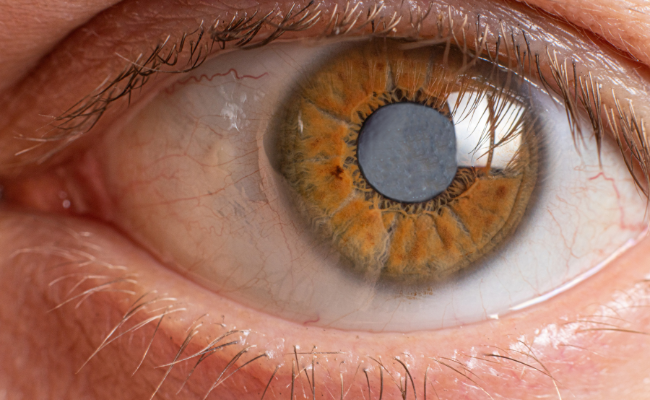What to do incase of Retinoblastoma?
- January 04, 2024
- No Comments

What is Retinoblastoma?
Retinoblastoma is a rare and potentially life-threatening form of eye cancer, making it the most common childhood eye cancer. This malignancy initiates in the retina, the light-sensing layer of cells positioned at the back of the eye, crucial for vision. It can manifest in either one or both eyes, with approximately one in four cases affecting both eyes. The condition typically arises due to a malfunction in young, developing retinal cells. Diagnosis usually occurs before the age of three in four out of five cases. Although rare, there are instances of adults developing this condition, often following a pause in the tumor's early development.
Why is Immediate Action Necessary?
Immediate action is imperative in cases of Retinoblastoma due to its aggressive nature and the potential impact on a child's vision and overall health. If left untreated, the cancer can quickly spread within the eye, leading to severe consequences such as vision loss. In more advanced cases, the cancer can metastasize to other parts of the body, posing a significant threat to the child's life. Timely intervention is critical to preventing the spread of the disease and optimizing treatment outcomes.
How to Identify Retinoblastoma?
- Eye Examination: Regular eye examinations, especially in young children, play a pivotal role in the early detection of Retinoblastoma. Ophthalmologists are trained to identify abnormalities or signs of the disease during routine eye checks.
- Recognizing Symptoms: Parents and caregivers should be vigilant for specific signs that may indicate the presence of Retinoblastoma. These signs include the appearance of a white pupil (leukocoria) in flash photographs, strabismus (crossed eyes), redness or swelling in the eye, and a noticeable reduction in vision. Any unusual changes in a child's eye appearance or behavior should be promptly addressed with a healthcare professional.
Treatment Solutions for Retinoblastoma:
Medical Interventions:
- Chemotherapy: Systemic or intra-arterial chemotherapy may be employed to shrink tumors or prevent their growth. Chemotherapy is particularly effective when the cancer has spread beyond the eye.
- Focal Therapy: Various focal therapies, including laser therapy, cryotherapy, or thermotherapy, can be used to target and destroy small tumors without affecting the entire eye.
Surgical Approaches:
- Enucleation: In cases where the tumor is large, vision cannot be preserved, or there's a risk of cancer spreading, surgical removal of the affected eye (enucleation) may be recommended.
- Scleral Buckle Surgery: This procedure involves placing a silicone band around the eye to support the retina and prevent the spread of tumors.
Radiation Therapy:
- External Beam Radiation: Radiation therapy may be utilized to target tumors, either from outside the body (external beam) or through a radioactive plaque placed on the eye.
- Intraocular Radiation: Placing a small radioactive device directly into the eye is an option for localized treatment.
Targeted Therapies:
- Intravitreal Chemotherapy: This involves the direct injection of chemotherapy into the vitreous cavity of the eye, providing a targeted approach for treating localized tumors.
- Anti-VEGF Therapy: Inhibiting the growth of blood vessels in tumors using anti-VEGF drugs can hinder the tumor's blood supply.
Benefits of Immediate Action and Treatment:
- Preservation of Vision: Early detection and treatment significantly increase the chances of preserving vision. Focal therapies and certain surgical interventions aim to target tumors while minimizing damage to healthy eye structures.
- Prevention of Spread: Immediate action helps prevent the spread of the cancer to other parts of the eye or, in advanced cases, to distant organs. This is crucial for improving the long-term prognosis and reducing the risk of metastasis.
- Treatment Customization: Early intervention allows for a more diverse range of treatment options. Tailoring the approach to the specific characteristics of the tumor and the individual patient can lead to more effective outcomes.
- Improved Quality of Life: Timely treatment contributes to a better quality of life for the affected child. Preserving vision and preventing the spread of the disease enhance the child's overall well-being and future prospects.
- Emotional Support: Early diagnosis and treatment also enable the provision of emotional support to the child and their family. Coping with a cancer diagnosis is challenging, and timely intervention allows for comprehensive support services.
- Long-Term Survival: Immediate action significantly improves the chances of long-term survival. With advancements in medical science and treatment modalities, many children with Retinoblastoma can lead healthy lives after successful therapy.
Comments (0)